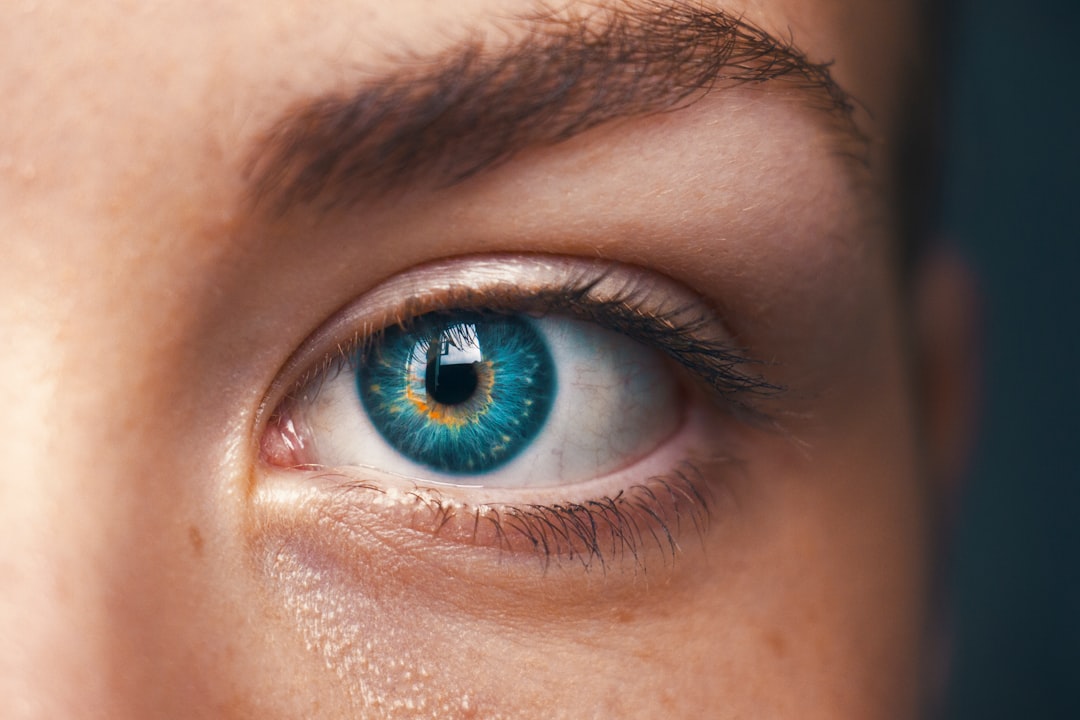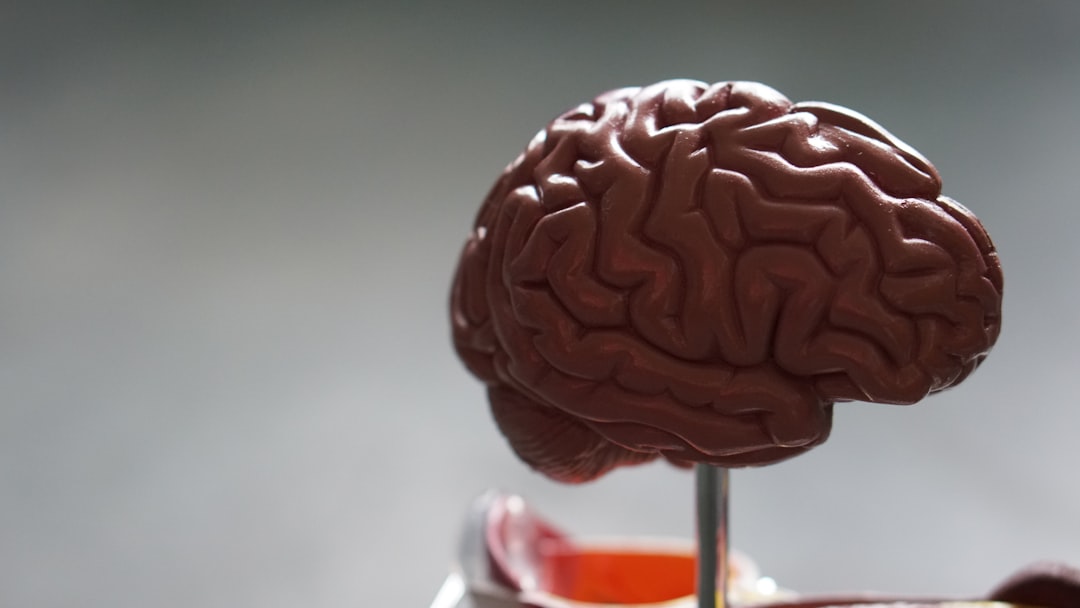
Ketamine therapy and Eye Movement Desensitization and Reprocessing (EMDR) both show evidence-based results in treating post-traumatic stress disorder (PTSD), depression, anxiety, and various mental health conditions. Both treatments offer a unique approach to traditional therapy and antidepressants, but in vastly different ways.
One treatment offers a fast onset of effects and immediate relief, the other focuses on long-term healing. Understanding each method’s mechanisms, limitations, and key differences can help you pick the most suitable treatment for your needs.
Ketamine
Ketamine was originally used as an anesthetic in the 1960s. Today, it’s used as an effective treatment for depression, anxiety, and other mental health conditions. Ketamine is administered in low doses in a safe, clinical setting. Many people struggle with treatment-resistant depression, or suicidal ideation, ketamine therapy has shown rapid onset of effects and symptom reduction even with complex mental health disorders. Unlike traditional therapy and antidepressants, which can take weeks or months to offer significant improvement, ketamine is a fast-acting drug that offers immediate relief.
Different types of ketamine therapy
Ketamine treatments are tailored to the individual’s needs after having an extensive evaluation of their symptoms, history, and personal goals. Each treatment is conducted in a safe environment under the supervision of medical professionals. Ketamine can be administered by using various methods, including:
- IM (intramuscular): A popular and effective way to administer ketamine is intramuscularly, by injecting a controlled dose of ketamine into the shoulder. The first 15 minutes after the injection, the patients experience a fast onset of effects and peak of dissociative state.
- IV (intravenous): An IV line is inserted into the patient’s vein, delivering low doses of ketamine directly into the bloodstream. A medical professional observes the patient throughout the whole session.
- Esketamine (nasal): Esketamine is a self-administered nasal spray by the brand Spravato®, approved by the U.S. Food and Drug Administration (FDA). After sitting down and getting comfortable, the patient sprays the Spravato nasal spray into their nose 2-3 times, each spaced five minutes apart.
See our side-by-side breakdown of Spravato vs other ketamine treatments: Ketamine vs Spravato.
Different types of ketamine therapy settings
The ‘’set and setting’’ is a key element of ketamine sessions. There are several session models to choose from, depending on the individual preferences and therapeutic needs. Common ketamine treatment models include:
- Guided ketamine therapy: IM (injections), while the guide is present in the room.
- Semi-guided ketamine therapy: IM or IV (injections or infusions), while the guide monitors the session outside the room.
- Couples’ ketamine therapy: IM (injections)
- Group ketamine therapy: IM (injections) with up to four patients inside the room.
What can ketamine therapy help with
Ketamine treatments offer fast-acting benefits, making it particularly suitable for individuals who need immediate relief or those whose conditions didn’t improve after conventional psychotherapy. Ketamine can help reduce symptoms of many psychological challenges, including:
- Treatment-resistant depression (TRD)
- Major depressive disorder (MDD)
- Anxiety disorder
- Post-traumatic stress disorder (PTSD)
- Obsessive-compulsive disorder (OCD)
- Eating disorders
- Bipolar depression (in some cases)
- Substance use disorders
- Suicidal ideation
- Hospice and palliative care
- Chronic pain conditions
- Personal growth and emotional healing
Eye Movement Desensitization and Reprocessing (EMDR)
EMDR is a non-invasive form of psychotherapy used for treating patients with anxiety and depression, and more commonly for treating post-traumatic stress disorder (PTSD). There is no universal cure for traumatic memories and phobias, but EMDR involves bilateral stimulation, guided eye movements, and sounds while processing past trauma. It’s a talk-based therapy, structured around the patient’s trauma and history.
What can EMDR help with
EMDR therapy is a popular method that helps alleviate distress and emotional dysregulation. It’s used for treating trauma-related disorders by making the patient reprocess memories associated with their trauma and regain control over them. Conditions commonly treated with EMDR include:
- Post-Traumatic Stress Disorder (PTSD)
- Complex trauma (C-PTSD)
- Anxiety disorders
- Depression caused by trauma
- Grief and loss
- Phobias and specific fears

Comparative overview: Ketamine vs. EMDR
Both therapies are powerful and share the same goal: deep healing and personal growth. But ketamine and EMDR therapy use two distinctly different approaches, each offering unique protocols and therapeutic outcomes. EMDR can reshape how we process traumatic events and painful memories, reducing their impact, while ketamine produces rapid antidepressant effects and better cognitive function. Patients’ symptoms, history, and healing goals are important when choosing the right treatment, but understanding the differences and similarities between ketamine and EMDR therapy is key.
| Ketamine | EMDR | |
| Administration | IV, IM, nasal (Esketamine) is administered by a professional at a clinic | Talk-based sessions, conducted by a therapist |
| Onset of action | Within hours or after a few sessions | The improvement is gradual |
| Duration of treatment | Six weeks or more | The duration depends on the severity of the symptoms, from weeks to several months |
| Treatment frequency | (IM, IV), twice a week for four weeks, then once a week for four weeks, followed by maintenance treatments. (Esketamine) Structured as a short-term treatment series | One session per week |
| FDA approval | Only Esketamine (Spravato) | Not FDA-approved |
| Side effects | Nausea, lightheadedness, headaches, high blood pressure | Temporary distress, anxiety |
You might also be interested in learning about Ketamine Therapy vs TMS: Differences, Costs, Side effects
How does ketamine work?
Ketamine therapy differs from traditional antidepressants in several ways, including its administration method and its mechanisms of action. Instead of targeting serotonin or norepinephrine, ketamine targets the glutamate system, blocking the NMDA receptors. When NMDA receptors are blocked, this causes a surge of glutamate and increases neuroplasticity, the brain’s ability to form new pathways. This can reprogram the brain and the negative thought patterns, resulting in better mood regulation. The rapid trigger helps alleviate the symptoms of depression, anxiety, PTSD, and suicidal thoughts within hours of the treatment. That’s why ketamine is useful for treating treatment-resistant conditions with recurring symptoms.
During the ketamine sessions, the patients can wear an eye mask and headphones to enhance relaxation and comfort. After receiving a dose of ketamine, patients recall feeling like they are in a dream-like state. During the guided sessions, a professional is present to provide further introspection and guidance.
How does EMDR work?
EMDR is a psychotherapy method that works by recalling painful and traumatic memories while undergoing bilateral stimulation, conducted by a certified therapist. The patient can recall a traumatic experience or event while being guided through eye movements, tapping, or auditory stimuli. This process activates both sides of the brain, helping patients reprocess memories and feelings associated with trauma while decreasing their impact. Unlike some therapeutic approaches, this treatment doesn’t involve additional medication.
EMDR doesn’t give immediate relief. People recover from trauma slowly, but after many therapy sessions, lasting change is possible.

How ketamine and EMDR therapy can work together
Combining ketamine and EMDR therapy is not an uncommon practice, as their compatibility can accelerate the healing process. Ketamine can help reduce the recurring psychological symptoms and give the patient a calmer mental state with its neurochemical effects. This helps with recalling specific traumatic memories while being more open, calm, and ready for talk-based therapy. EMDR adds another layer of healing with its strategic reprocessing of trauma. By combining the two, patients might experience deeper understanding and longer-lasting results than by using only one treatment.
EMDR and ketamine can complement each other and create a strong treatment plan for long-term healing. The structure of the treatment plan depends on the severity of the symptoms and individual needs.
Regardless of whether used together or individually, EMDR and ketamine have shown impactful results when treating various mental health conditions. Both treatments promote enhanced emotional processing and healing from within, even helping individuals whose conditions are resistant to traditional antidepressants. Schedule a consultation today to find out if ketamine therapy is right for you!
Both ketamine therapy and transcranial magnetic stimulation (TMS) stand as valuable alternatives to conventional psychiatric treatments, following evidence-based strategies that focus on better quality of life and long-term healing.
You might also be interested in reading about:





